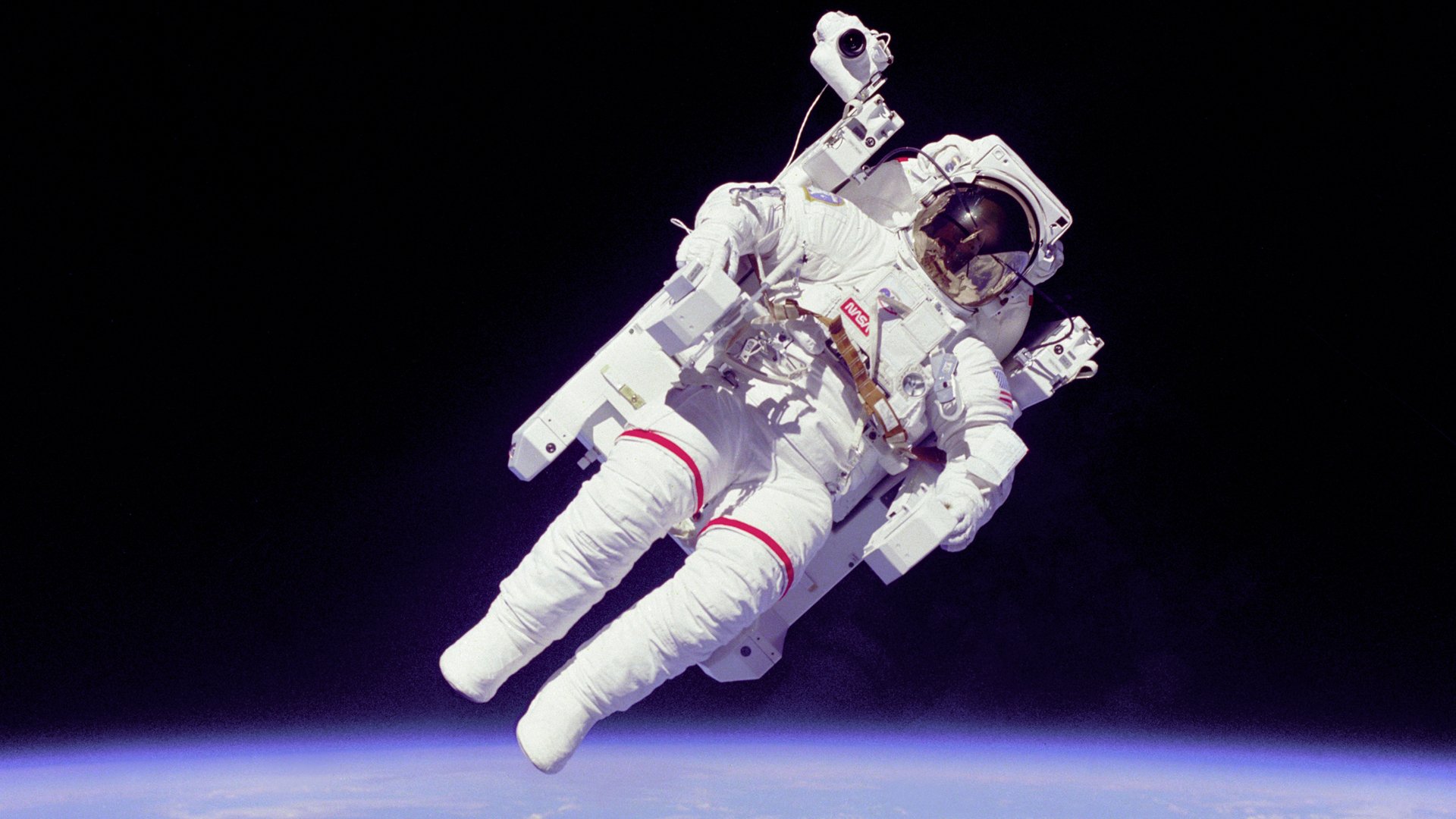Digesting poop
American scientist Christopher House, together with two colleagues, explored the possibility of making a Marmite-like jelly out of poop. To test their technique, the researchers used the same sort of artificial liquid and solid excrement used for testing water treatment plants. These excrement samples were placed inside a tube and microbes were then added. The microbes digested this poop in a process similar to that which occurs in our intestinal tract. The methane gas released during this digestive process was subsequently used as a food source for yet another microbe, Methylococcus capsulatus. This bacterium is packed with protein (52%) and fat (36%) and is already used as animal feed, which makes it a possible food source for astronauts.
Harmful microbes?
If good, nutrient-rich microbes can grow in the poop, that of course means harmful microbes can grow there as well. The researchers therefore focused on cultivating microbes under extreme conditions. When cultivating these so-called extremophiles, for instance in high heat or under high pressure, very few other microbes can thrive. This significantly reduces the likelihood of pathogens in your food. For example, the edible bacterium Thermus aquaticus can survive at 70 degrees Celsius, a temperature which few other strains can withstand. With a composition of 61% protein and 16% fat, this bacterium is still quite nutrient-rich.
Test system
Not only the edible bacteria offer hope for the future, as the test system also proved to be very robust and fast. In 13 hours, the team was able to convert approximately 49% to 59% of the solid waste into methane gas using its microbial mix. The system is not yet ready for use at this time, however, and only the astronauts’ urine is recycled into drinking water. Nevertheless, this poop sandwich could bring us one step closer to long-distance space travel.

